Iran Press/ Iran News: The two characteristics of being "knowledge-base" and "indigenization" have caused Iran's missile capability to develop in the last three decades, and today it has reached a level of progress where a wide range of ballistic missiles are available to Iran's armed forces.
Iran's missile power and its different variety are considered a suitable option to respond to enemy attacks.
So that the cost and human casualties of using ballistic missiles are much lower than other military options, and the use of missile power will bring a faster response.
Related News:
Iran Army unveils 'Heydar-1 Cruise Missile, Heydar-2 Cruise UAV
Among the most important types of Iranian ballistic missiles is the "Fateh-110" (Conquer) family of rockets, which have very high accuracy, and many models of them have been developed and delivered to the armed forces.
One of Iran's missile achievements in the Fateh-110 missile family is the "Hormuz" ballistic missile, which has significant capabilities and has been produced and operated in two types, Hormuz-1 and Hormuz-2.
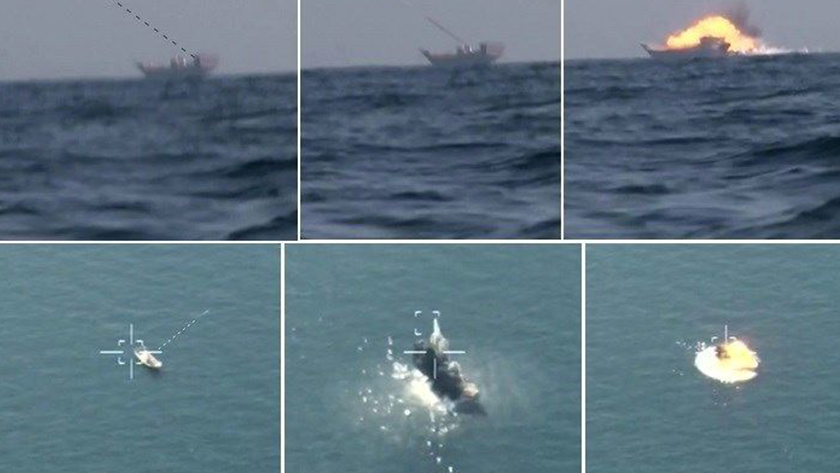
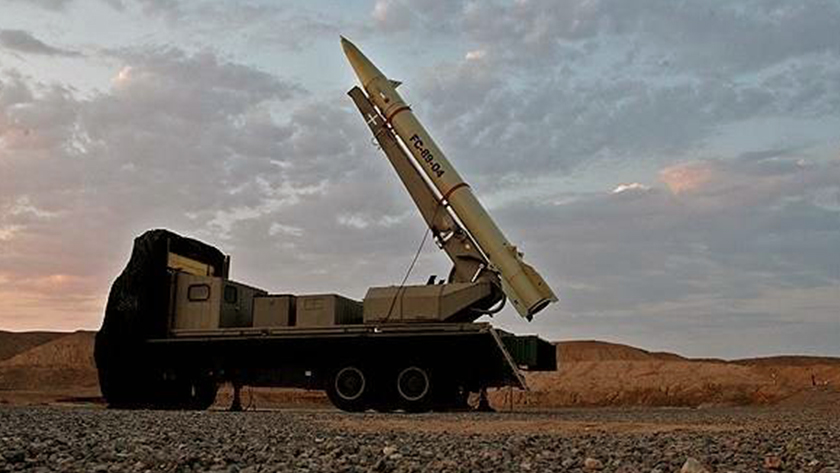
The design and production of anti-radar and anti-ship ballistic missiles such as the Hormuz-1 and two missiles show the strength and power of the defense system of the Islamic Republic of Iran, which is being upgraded and expanded exponentially to protect the territorial integrity and independence of the country.
The specification of anti-ship ballistic missiles
First, apart from Iran and China, no other country officially uses ballistic missiles in the anti-ship role.
Secondly, due to the unique characteristics of ballistic missiles, including very high speed during the route, increased weight of the warhead, and diving on the target with a high angle, these missiles are less likely to be destroyed by the enemy's defense and have the increased ability to destroy the target.
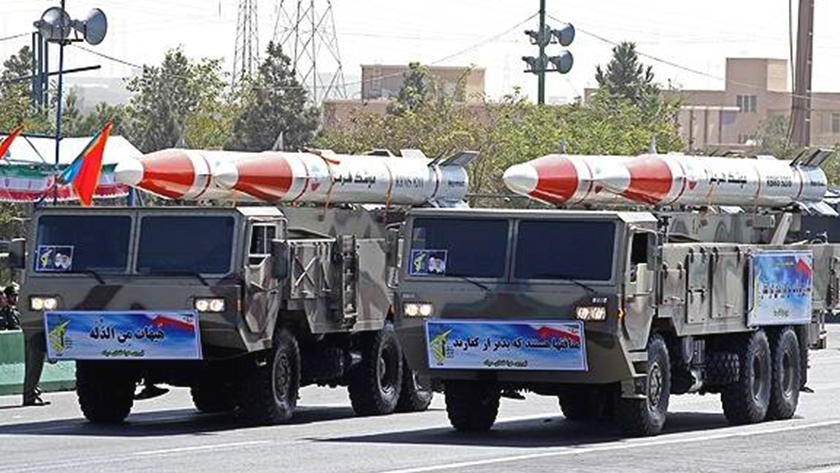
For the first time, news of the Iranian anti-radar ballistic missile was published in July 2011 and on the eve of the start of the Prophet -7 extensive missile exercise by the commander of the IRGC Aerospace Force, which can destroy radars anywhere on land and sea within its range.
Related News:
New footage of IRGC's simultaneous launching of 16 ballistic missiles
The missile was the same Hormuz-1 that was unveiled alongside Hormuz-2 in May 2013. Hormuz-2 with an active radar seeker was completed in 2012.
Hormuz-1-and Hormuz-2 missiles were officially displayed for the first time on May 11, 2014, during the visit of the Leader of the Islamic Revolution's achievements of the IRGC Aerospace Force.
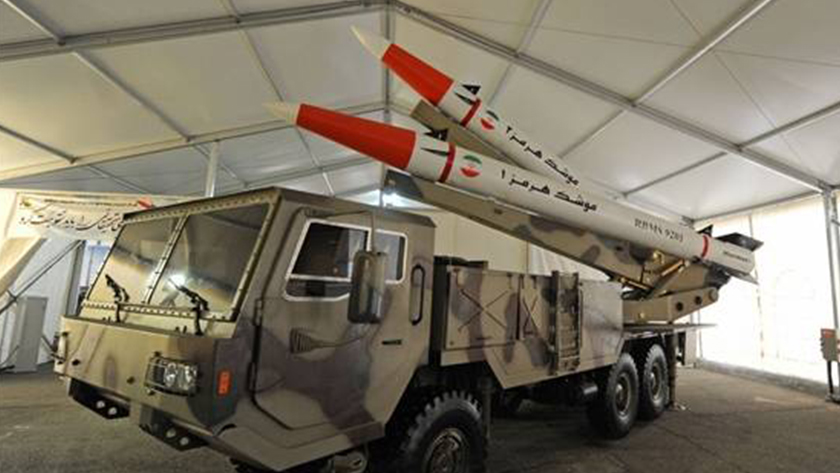
This ballistic missile, designed and produced by the martyr Brigadier-General Tehrani Moghadam, is one of Iran's most special and unique ballistic missiles.
From the point of view of structure and appearance, the Hormuz missile is very similar to the Persian Gulf anti-ship ballistic missile.
The design and production of the Hormuz ballistic missile, considered a more advanced model of the Persian Gulf missile, is based on the Fateh-110 missile.
Related News:
Persian Gulf ballistic missile; pinpoint accuracy to destroy naval targets
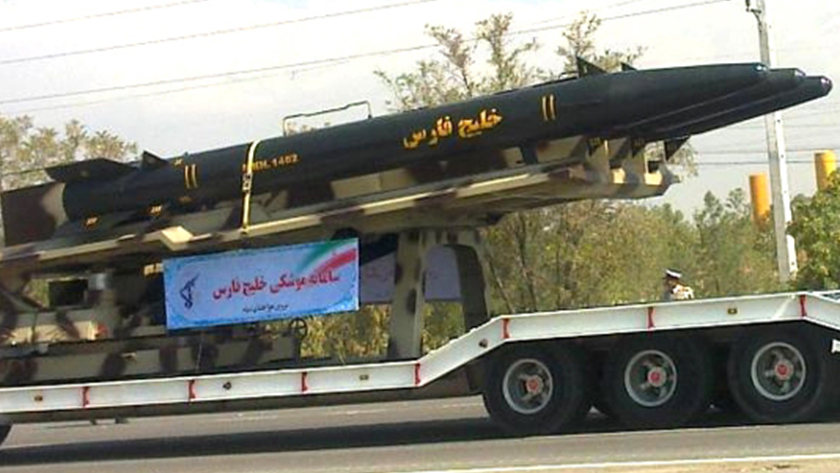
General Hajizadeh, commander of the Aerospace Force of the Islamic Revolution Guards Corps, announced the news of the Hormuz-2 missile test at the end of February 2017.
According to him, the Hormuz missile, the last announced generation of Iran's Fatih-class maritime ballistic missiles, hit a small target in the Oman Sea at a distance of 250 kilometers.
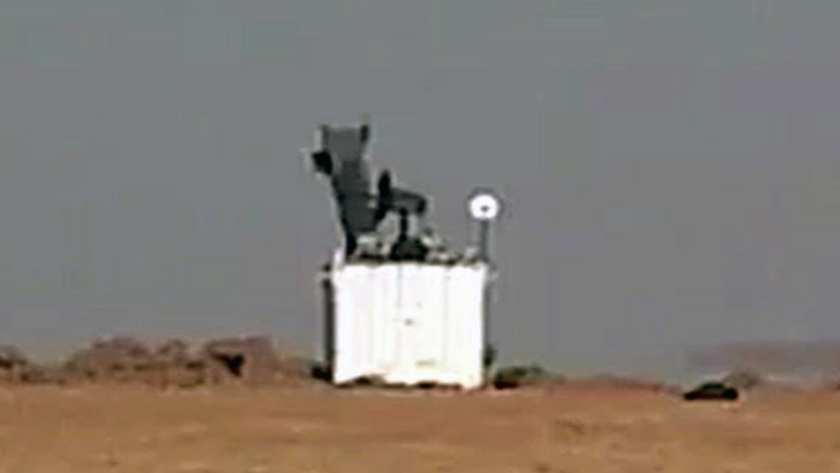
The range of the Hormuz-2 missile is about 300 km, and its speed is between 4 and 5 times the speed of sound.
The Hormuz-1 missile, which is anti-radar, unlike the Persian Gulf missile that uses optical guidance, or the Fateh-110 missile uses a precise guidance system, uses the radar wave detector, and attacks the source of their emission.
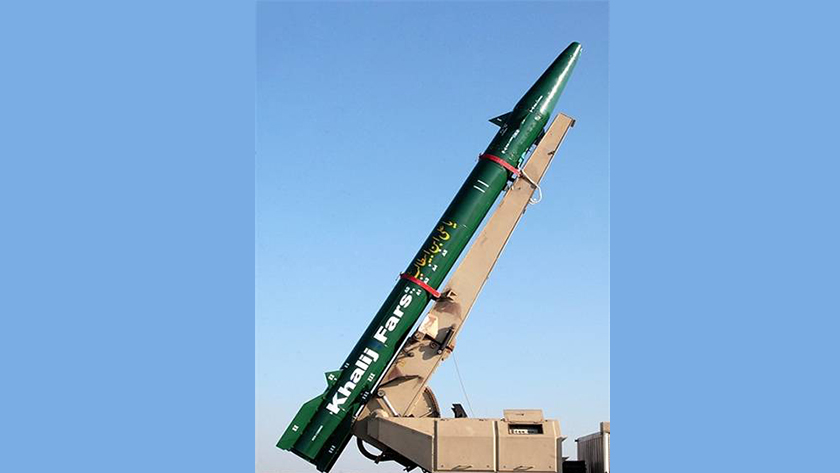
The weight of the warhead of this missile has not been officially announced. Still, due to its similarity to the Fateh-110 family of rockets and the Persian Gulf missile, the warhead weight of this missile can be estimated between 450 and 600 kg.
In the military exercise, it was found that this missile could destroy a container with a length of only 6 meters on which radar was installed, which is considered an extraordinary accuracy and performance.
General Hajizadeh says: "Hormuz-1 can destroy radars on an aircraft carrier, a Patriot site on land, or a detector radar site.
Another point about the "Hormuz" missile system is the high mobility of this system, which is mounted on a launcher.
It is worth noting that these two types of missiles have different warheads, indicating a difference in the power and power of destruction, explosion, etc., according to the missions intended for them.
Hormuz-1 missile and Hormuz-2 missile, along with the Persian Gulf ballistic missile, by supporting each other and complementing each other's capabilities in different conditions, will create a deadly triad for the enemy fleets, which will finally be able to defeat them in any weather condition or the presence of electronic warfare or if the radar of the target ship is turned off, at least one type of these three missiles will be able to destroy the target.
Related News:
Commentary: Zafar anti-ship missile
Due to Iran's possession of long coasts in the south and numerous islands, it is possible to fire at the enemy fleet from different directions, and the ability to destroy these missiles becomes practically impossible. In this way and in line with the strategy of different types of combat, with the appearance of this type of ballistic missile, the balance of power changes in a low-cost way and moves towards balance.
Hormuz-1 ballistic missile
The Hormuz-1 missile can destroy the radars of anti-missile systems such as the Patriot and the radars of ships, and it is considered an anti-radar ballistic missile. The Hormuz-1 missile is made with the same configuration as the Fateh 110 family, with a length of about 9 meters, a mass of 3330 kg, a warhead of 442 kg, and a range of 250 km. This ballistic missile can entirely and accurately destroy a 20-foot container at a distance of 300 km.
Hormuz-2 ballistic missile
Hormuz- 2 is an anti-ship maritime ballistic missile that can accurately target moving targets on the sea's surface due to having an active payload radar and a range of 300 kilometers. This missile can hit ships and moving targets on the sea at a very high speed. This missile can hit large enemy ships in the Persian Gulf or the Sea of Oman.
The designer and manufacturer of this missile, one of the unique Iranian ballistic missiles, like the Hormuz-1 missile, is the late General Hassan Tehrani Moghadam. While the speed of anti-ship cruise missiles is generally between 7 and 8 hundredths of Mach, the speed of the Hormuz-2 missile is estimated between 4 up to Mach 5. Hormuz-2 missile weighs about 4 tons, and its warhead weighs 500 kg. This missile, an upgrade of the Hormuz-1 ballistic missile, is 9 meters long.
All foreign and extra-regional vessels must pass through the Oman Sea and the Strait of Hormuz to enter the Persian Gulf, and they must be accountable vis-a-vis our country's military forces for this entry and declare their details in full. Therefore, establishing IRGC maritime ballistic missile systems such as missiles Hormuz-2 and the Persian Gulf missile on the coast of Makran can significantly increase Iran's deterrent and offensive missile power against naval threats.
205
Read More:
Bina laser-guided missile, Iran military outstanding achievement
Commentary: Iran's naval capability on the rise in proportion to threats
Hossein Vaez

